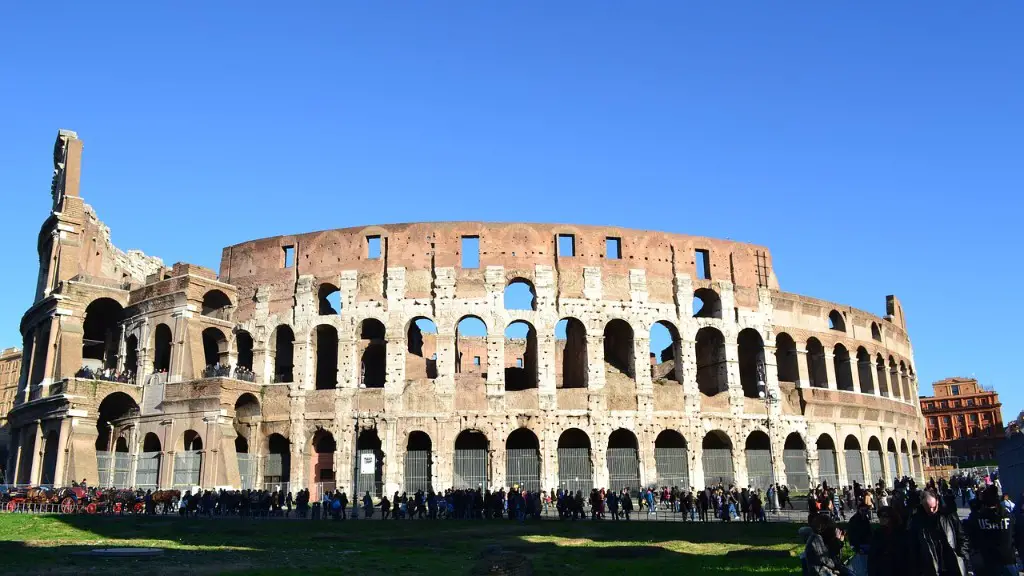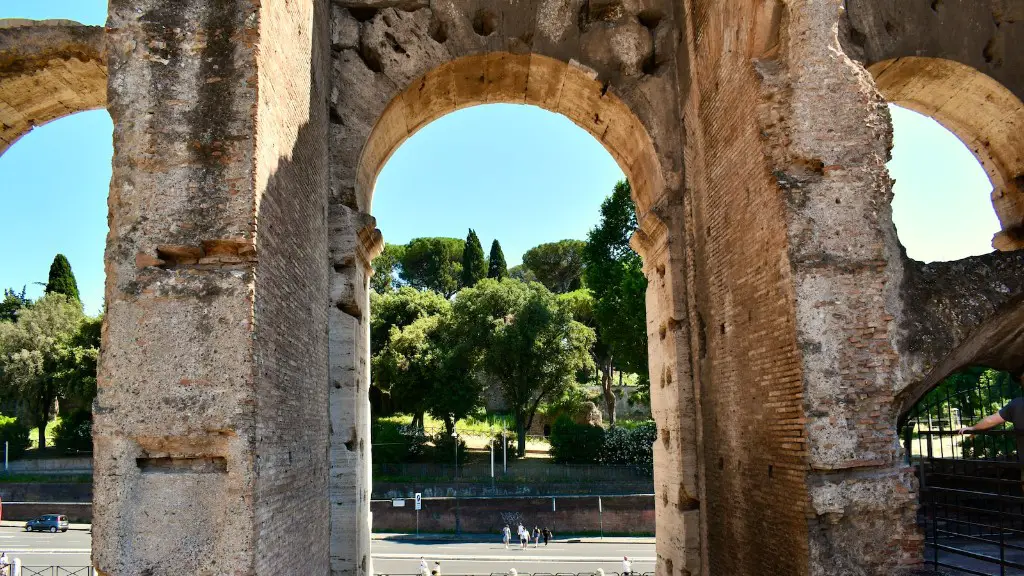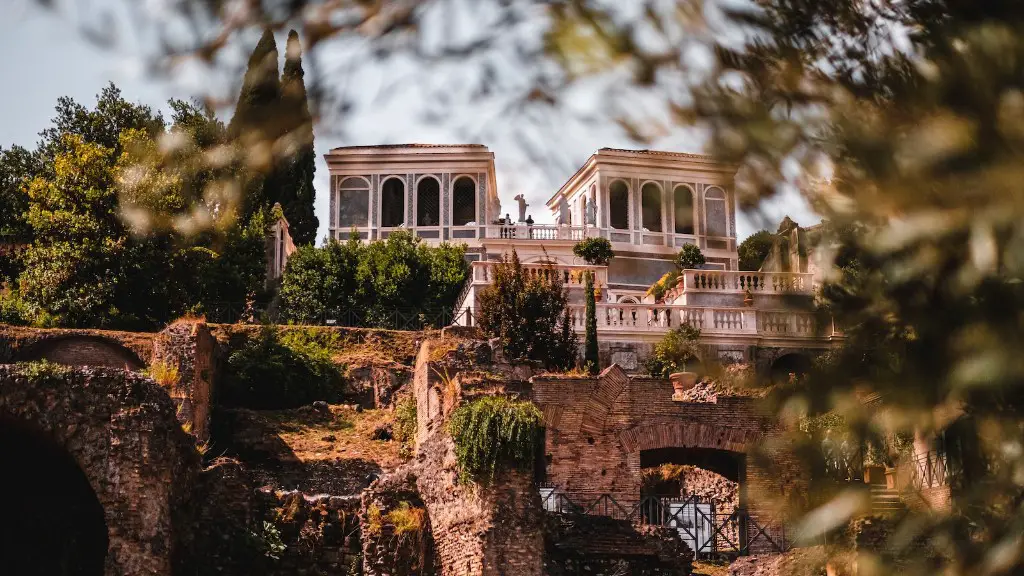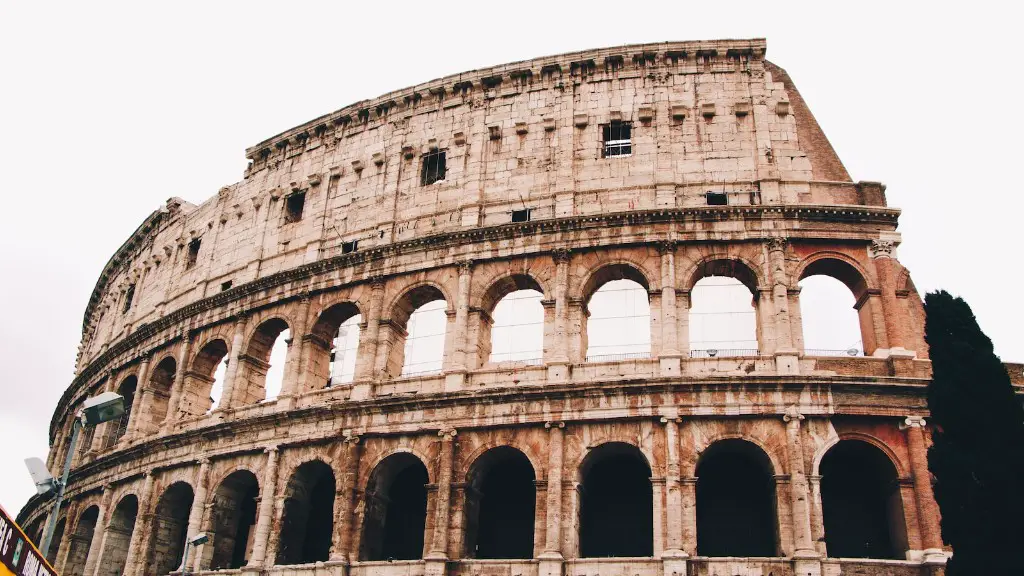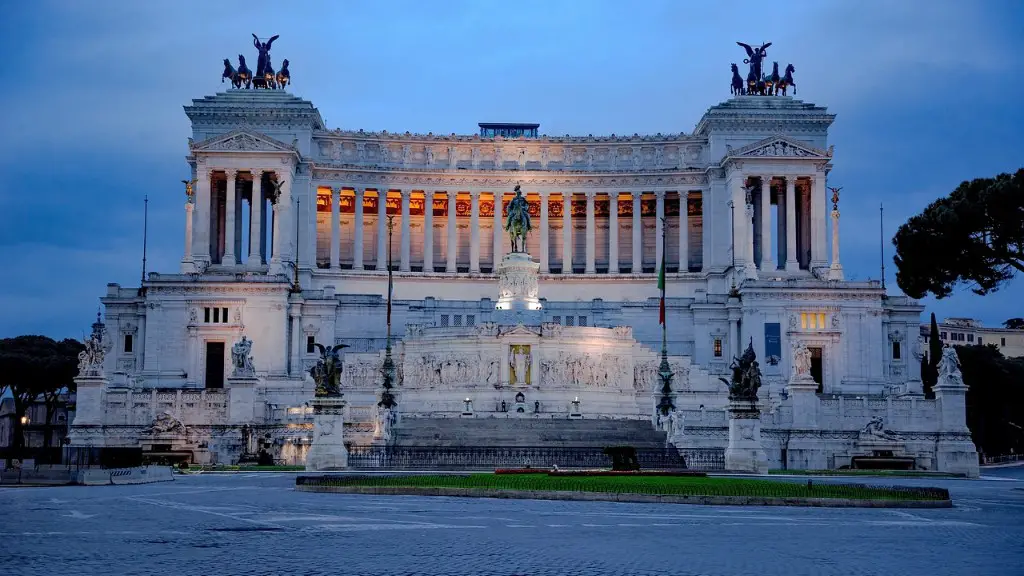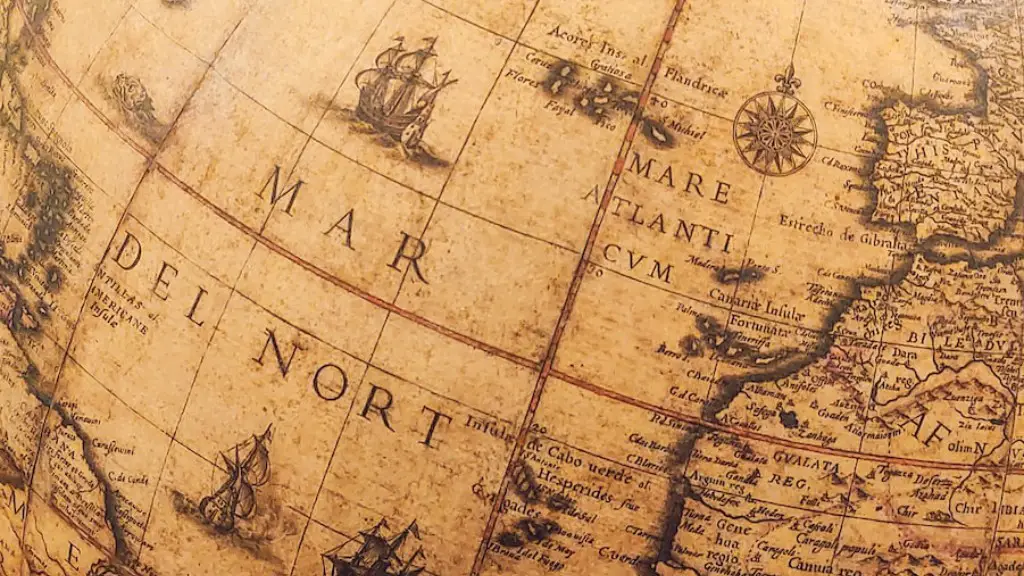The Roman Empire was an extremely powerful and organized war-machine and their military has intrigued people for centuries. Ancient Rome was known for its disciplined and highly trained soldiers that were one of the most powerful forces in the world. The Roman military was an extremely successful and efficient system that enabled Rome to dominate for centuries. Even in the face of incredible odds, Roman armies usually met with success, in part due to their knowledge of tactics, tremendous discipline and dedication to the cause of the nation.
The army of ancient Rome was based entirely on legions and was divided into large numbers of cohorts, with each cohort consisting of several thousand soldiers. Each legion was composed of ten cohorts, and each cohort was commanded by a centurion, who was in charge of a century of 80 men.
The Roman legions operated on an extremely disciplined system and the soldiers were regularly trained in all aspects of warfare. This included combat, drills, weapons and formation exercises, marching, and calisthenics. As a consequence of the superb training, Roman soldiers were usually more prepared for battle than their enemies, so much so that Roman generals could be more aggressive in battle.
The Roman soldiers were also known for their high level of morale, which was instilled in them by their commanders and by the structure of the organization. Every soldier was given a clear identity, from the equipment that was used to the ranks and titles that were given to the officers. By emphasizing the importance of each individual, the Roman military was able to motivate the troops and maintain a high level of discipline.
The Roman military was considered to have all the qualities of a professional army and, as a result, was highly respected by its enemies. The Roman army was well-equipped with armor, weapons, and machines, and was capable of sieges, mobile warfare and naval operations. The Roman army also had a relatively large number of cavalry to support the infantry, which was an advantage that was instrumental in the conquest of many areas.
The Roman army was also noted for its use of siegecraft. Siegecraft was a key factor in taking and keeping control of cities and fortifications. The Romans developed a number of sophisticated siege machines, such as catapults, ballistae, battering rams and siege towers. These machines were used to breach walls, take down fortifications, and cause havoc during an enemy’s defensive reaction.
Lastly, Roman military tactics were extremely effective in open-field combat. The Romans developed a number of tactics to make the most of their weaponry, armor and training. This included tactics such as the double envelopment and the shield-wall, which were designed to outmaneuver and crush the enemy forces.
Legion Organisation and Battle Strategy
The Roman Legion was the largest unit of soldiers in the Roman army and was typically composed of 5000. It was divided into ten cohorts, each of which was further divided into centuries of 80 men. All of these parts of the legion were commanded by a centurion. The last century was composed of veteran soldiers who were highly disciplined and were usually used to reinforce vulnerable parts of thebattlefield.
The Roman battle strategy revolved around the use of the shield wall, which was an effective defense against arrows and other projectile weapons. The shield wall was used to deflect the enemy’s projectiles while the Roman infantry moved forward. The strategy was also used to encircle the enemy forces, which would allow the Romans to attack on all sides and have the numerical advantage. This strategy proved to be highly successful, as the Romans were often able to break the enemy line and outmaneuver them in open-field combat.
The Roman army also made effective use of cavalry, which they used to outmaneuver the enemy and break their lines. The Roman cavalry was trained to fight in a phalanx formation, which was composed of a wedge formation of men on horses. This would enable them to break through enemy lines and then charge forward to break up the enemy formations. The Roman cavalry was also used to support the infantry by providing it with supplies and reinforcements.
Equipment and Technology
The Roman soldiers were equipped with a variety of armor, weapons and machines. The most significant and iconic piece of armor was the Lorica Segmentata, which was a type of armor made from overlapping steel plates. This armor was extremely effective and allowed the Roman soldiers to move in open-field combat, without fear of being punctured.
In addition to armor, the Roman soldiers were armed with a variety of weapons. This included swords, spears, javelins, slings and longbows. Some of these weapons, such as the javelins, were specifically designed for Roman tactics, while others, such as the longbow, were adapted and improved by the Romans. Weapons such as the falcata, which was a sword with a curved blade, were specifically designed for close quarters combat and proved to be very effective against other armies.
The Romans also developed a number of machines for siege warfare. These machines, such as ballistae, catapults and battering rams, were designed to breach fortifications and create chaos within enemy ranks. The Romans also developed a number of towers and other siege equipment such as iron stakes, which were designed to protect the legion from counterattacks.
Political Reasons for their Success
The success of the Roman military was in part due to their leadership and the support of their people. The Roman political system enabled powerful leaders to oversee military missions and to efficiently organize and mobilize the troops. Many of the most successful Roman leaders, such as Julius Caesar, were politically astute and used their influence to acquire support and resources for their campaigns.
In addition, the Roman people were passionate about defending their nation, and this passion was often channeled through the Roman military. It was common for wealthy citizens to pay for the equipment and armaments of the soldiers, and many citizens also joined their legions and marched into battle. The support and enthusiasm of the citizens added to the morale of the soldiers and helped motivate them to fight bravely.
The Roman leadership also put a large emphasis on training. Roman generals developed systems to systematically train their troops and to ensure that they were prepared for battle. This included a number of drills, physical exercises, weapons training, and formation exercises which enabled the soldiers to react quickly in battle and accurately judge their enemy’s positions.
Military Legacy
The Roman military was one of the most successful and formidable forces in history. Their tactics and organization revolutionized warfare and enabled them to conquer vast areas of Europe and the Middle East. The Roman military was a professional and well-disciplined force that employed highly successful tactics and strategies in order to gain an edge over their enemies.
Today, the legacy of the Roman military can still be seen in many aspects of warfare. Many of their military techniques are still employed in modern armies, and the tactical genius of Roman leaders is still studied by military strategists. Furthermore, the discipline and organization of the Roman army are still admired to this day.
Influence of Roman Military on other Cultures
The Roman military not only had a profound impact on warfare, but also on the cultures of the countries it conquered. In many countries, the Romans left behind a new set of rules and laws that shaped their society and shaped the way people lived their lives. They also introduced a new language, Latin, and a host of new technologies and ideas.
Furthermore, the Romans also left behind many monuments and buildings that can still be seen today. These include aqueducts, bridges, temples, and amphitheaters, as well as monuments such as the Arch of Constantine. All of these structures have stood the test of time and are a testament to the power and influence of the Roman military.
The Roman military also influenced the arts, culture and literature of the countries it conquered. The Romans, for example, helped to spread and promote the cultures of Greece and Egypt by introducing their language, literature and mythology to the people of these countries.
The legacy of the Roman military also continues in other areas such as sports. The Romans popularized a number of sports such as chariot racing and gladiatorial contests, and these are still popular to this day. The popularity of these sports is a testament to the lasting and widespread influence of the Roman military.
Modern Interpretation of Roman Military
The modern interpretation of the Roman military varies widely, depending on the perspective of the viewer. Many people, for example, will use the Roman military as an example of a powerful and organized army that was capable of conquering large areas of the world. Others, however, may see Roman military tactics as brutal and overly aggressive.
The modern interpretation of the Roman military also varies based on the technology and techniques they employed. Many people will recognize the Romans as a pioneering force in developing sieging techniques and employing techniques such as the double envelopment. Others, however, may view their use of siegecraft and weapons as overly destructive.
Regardless of the interpretation, the Roman military still stands out as one of the most successful and influential organizations in history. Through their tactics and organization, the Romans were able to dominate large areas of the world for centuries, and their legacy continues to fascinate and intrigue people to this day.
